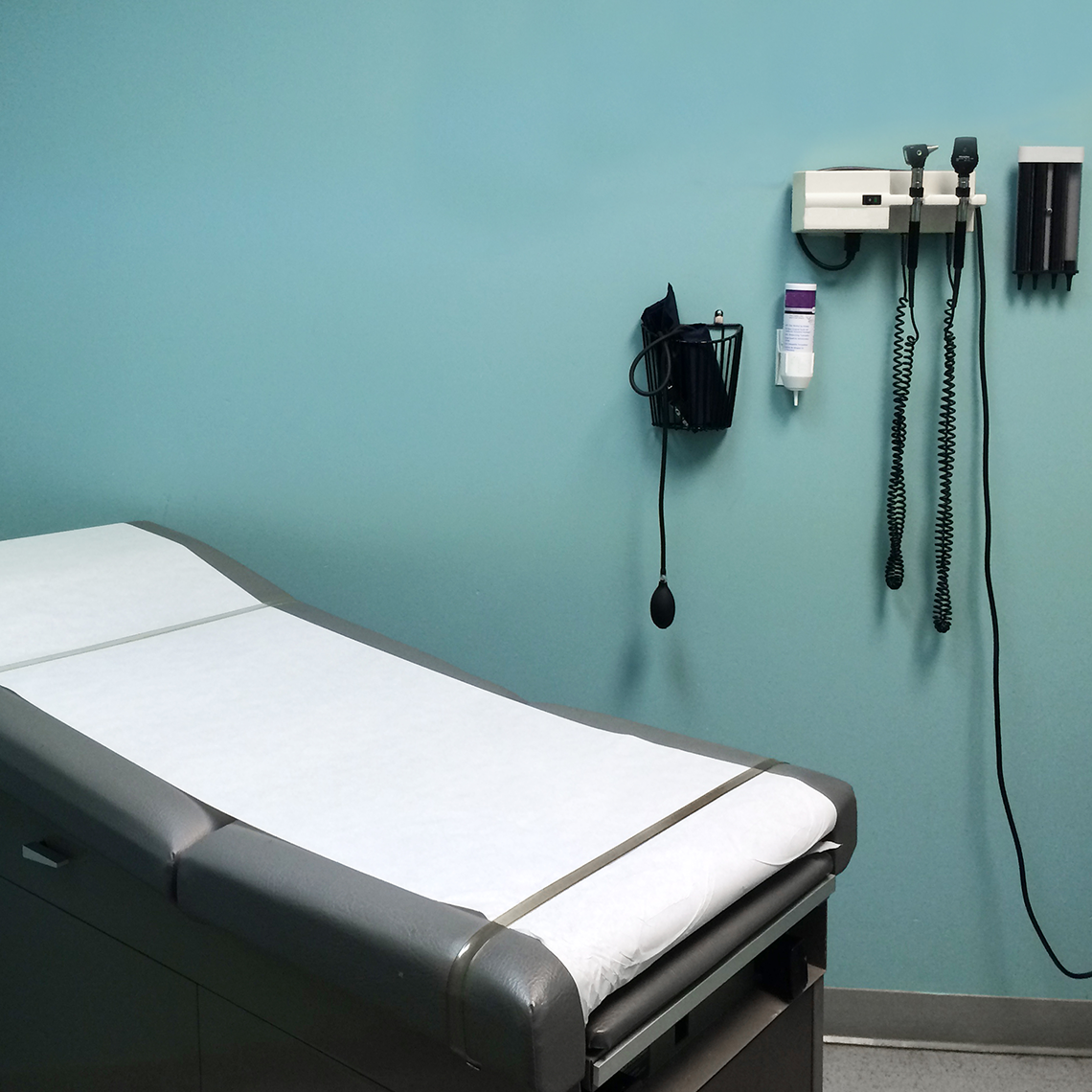Podcast
Boarding Critical Care Patients in EDs: New Guidance from Patient Safety Experts
Aug 16, 2023

“If you ask anyone who works in the emergency medicine sphere these days what the top patient safety issues are, it’s capacity and boarding, capacity and boarding, capacity and boarding.”
Jonathan Sonis, MD
Chair of Quality and Safety, MGH Emergency Medicine
Emergency departments across the country are experiencing an increase in serious overcrowding. Some providers say it is challenging their capacity to deliver the best care, especially to the sickest patients. More than that, the boarding of critical care patients in the emergency department is also an increasing concern because the ICUs are often also too full to take them. A look at the front of the department is a clue to what’s in the back.
“I know when I started at this particular hospital about nine years ago, if we had 10 patients in the waiting room, everyone was a little bit uncomfortable, you know, thinking we need to get those patients back. And now we’re seeing 30 plus patients in the waiting room on an average.”
Jessica Trump is Clinical Nurse Educator for the emergency department at Wentworth Douglass Hospital in Dover, New Hampshire, a community hospital affiliated with Mass General Brigham academic centers in Boston.
“It is definitely a different environment where we are holding patients in the emergency room and don’t have the space to see the new emergency room patients that are coming to us.”
Trump participated in a project by the Academic Medical Center Patient Safety Organization, or AMC PSO, to develop patient safety guidance for hospitals in 2023.
“If you ask anyone who works in the emergency medicine sphere these days what the top patient safety issues are, it’s capacity and boarding, capacity and boarding, capacity and boarding. Those are the top 1, 2, 3, 4, 5, 6, 7 and 8 issues.”
Dr. Jonathan Sonis is an attending emergency physician at Massachusetts General Hospital, an Assistant Professor of Medicine at Harvard Medical School, and Associate Medical Director for Emergency Medicine at CRICO, Harvard’s medical malpractice and patient safety company.
“And the sicker the patients or the less differentiated the patients, the more risk there is to something being missed or delayed diagnosis or an inability to advance their care the way that you would like because of those background issues of capacity and boarding.”
Dr. Sonis was also involved in the PSO project to develop and publish a patient safety alert, titled “Critical Care Patients Boarding in the Emergency Department.” In it, the risks that were reported by the project task force and corresponding mitigation strategies are lined up side by side. Dr. Sonis says the dangers are clear.
“We know that when any patient spends longer than they really need to in the emergency department, it’s not good for the patients. It’s not good for the staff, and it’s not good for the next patient waiting to be cared for in the emergency department. But particularly in this population of the sickest patients, there’s good data out there. They end up with longer lengths of stay in the hospital, increased morbidity, and a variety of other measurable data points that suggest it would be a lot better for these patients if we could get them to that sort of next stage in their care sooner.”
Dr. Sonis notes that the Emergency Department and the ICU can’t control the capacity or the volume at the hospital. Patients have flooded in from deferred care after the pandemic, and financial pressures have prevented hospitals from the expansions that are needed. According to Dr. Sonis, lack of capacity at post-hospitalization facilities starts the clog at the other end. And by law emergency departments have to accept all patients and stabilize them.
Staffing has never been more difficult. One of the most significant patient safety challenges is managing care around the skill sets of the professionals working in the ED. Emergency doctors’ and nurses’ expertise at resuscitating, stabilizing, and diagnosing incoming patients is not the same as ongoing treatment of critical patients who are stabilized and then need ICU care.
“My job as an emergency physician is to take an undifferentiated very sick patient who comes in the door, stabilize them, do the diagnostic workup and figure out what do we need to know now, what therapy, whether it be antibiotics, blood, intubating the patient, whatever, do I have to do now and then get them to the next place. What we’re not so good at is six or seven hours in, tweaking vent settings or titrating different medications to help with blood pressure support at the seven, eighth, ninth hour. That’s just not our area of expertise and the ICU folks are really good at that.”
The PSO document identifies some promising interventions to help cope with overcrowded EDs boarding critical care patients. Some of them involve integrating and training staffs from ICUs and EDs to manage patients as they wait for an ICU bed. ICU “float nurses” are used at some institutions, as well as something called an “ICU Ranger Model.” Dr. Sonis:
“The ranger models are really interesting and the idea basically here—and I sort of group the float team model into this as well, sort of similar concepts—is that well if we can’t bring the patient to the ICU, let’s bring the ICU to the patient in terms of the staff caring for them.”
At a community hospital, the ICU Ranger Model was initiated to bring that expertise to the bedside of a critical care patient boarded in the ED. Under the ranger designation, that ICU physician has a separate role without admission duties or on-going care responsibilities, remaining available to round on ED boarders. Similarly, Jessica Trump has helped oversee the Float Pool program for nursing that her hospital adopted a few years ago. Interested ICU nurses or emergency nurses can sign up for training in both areas.
“So prior to this, we didn’t have nurses that worked in both areas so to get a nurse from the Critical Care Unit to come down and help in the ED, it certainly would happen from time to time, but they would come down to basically a foreign environment working in a system with equipment that they weren’t familiar with. They didn’t know where anything was, and so they would really come down more as helping hands. And now they can come down and really take over and manage the patient. They are familiar with our systems. They are familiar with our equipment, and they are familiar with the team, so they can communicate very effectively both with the intensive care providers as well as the ED providers and really help to navigate what the patient needs and more effectively take care of them.”
Trump says a critical success factor is to have both ED nurse managers and ICU managers interview the same nurses for the dual role. It’s unique. Not every provider can be successful in both environments and many will self-select to stay in one place.
In addition to the ranger and float pool models, other suggestions in the Patient Safety Alert include an ICU triage huddle in the emergency room at the critical care patient’s bedside. The goal of the huddle is to address the clinical trajectory, expected course, and barriers to ICU or floor admission. This intervention is targeted at patients too sick to go home, awaiting further evaluation to see if they need admission to a routine in-patient unit or the ICU, what Dr. Sonis calls “gray zone patients.” He hopes hospitals will use the advisory to think creatively and adapt outside ideas to their institution.
“We recognize no two hospitals are the same. No two emergency departments are same. No two models, in terms how the ranger stuff work the same. But the core ideas of being flexible with moving folks around, thinking outside the box in terms of physical location of the patient, sort of status of the patient and how can we work around that to make sure the patient is getting the right care at the right time even if it’s not in the place that we would have imagined, those are things that can be used anywhere.”
The AMC PSO Patient Safety Alert on Critical Care Patients Boarding in the Emergency Department can be found on the CRICO web site, at www.rmf.harvard.edu/EDBoardingAlert.
I’m Tom Augello for Safety Net.
Commentators
- Jonathan Sonis, MD
- Jessica Trump, MSN, RN
About the Series
We’ve got you.
Our Safety Net podcast features clinical and patient safety leaders from Harvard and around the world, bringing you the knowledge you need for safer patient care.
Episodes
Paying for Patient Safety: Solving an ROI Puzzle
Teleradiology Leads Virtual Care Risk in New Study

New Study Finds Outpatient Adverse Events Common, Often Preventable

Taking the Pulse of a Clinician’s Interpersonal Skills


